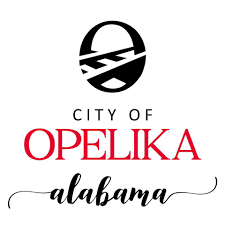Special to the
Opelika Observer
On Aug. 2, the Pepperell Branch Watershed Partnership (PBWP) worked with the city of Opelika to install a series of water quality educational signs around Opelika. The signs were designed by the PBWP and installed in partnership with the city of Opelika’s Engineering Department. These signs are part of a larger attempt to raise awareness about water quality in the Opelika area, and can now be found across the city.
The Pepperell Branch Watershed is the natural area of land that water flows across, through and under the ground on its way to Pepperell Branch creek, and it is located within the city of Opelika. After receiving a grant from the Alabama Department of Environmental Management last year, the PBWP has joined numerous local partners together to make a difference in local water quality. To improve the quality of water in the Pepperell Branch Creek in Opelika, the PBWP has been working over the past year to create a watershed management plan, evaluate the health of the city’s local waterways and develop strategies for improving them in upcoming years.
One of these strategies is education and outreach on water issues.
The new educational signs introduce the public to general water concepts, including: how watersheds work, why stormwater matters, why cleaning up after pet waste matters, how fertilizers can impact water quality and that storm drains carry stormwater and potential pollution straight to rivers and streams. Three signs were installed on South Railroad Avenue, two signs at Courthouse square, three signs at Municipal Park, three signs at Shady Park, one sign at each of the dog parks (Stern and Floral) and one sign at each of the three intermediate schools (Morris, Northside and West Forrest).
Everyone can make a difference in the health of their local waterways, the PBWP hopes that these signs will be one step in empowering the community to do so.
*This project was fully funded by the Alabama Department of Environmental Management through a Clean Water Act Section 319(h) nonpoint source grant provided by the U.S. Environmental Protection Agency – Region 4.

